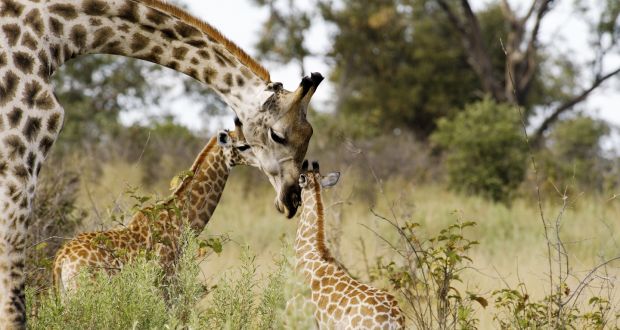
By: Kazi Musa, SAVED News International Correspondent, Kuala Lumpur, Malaysia
Every three years in Geneva, Switzerland, there’s a global convention to dialogue about the international wildlife trade. This year 2019 convention started on August 17 and continued till the 28th of the following month. The summit talks have recommended offering essential protection for the new hundreds of species that are on the verge of extinction. The convention has emphasized to give international protection to giraffes for the first time.
The members of the Convention on International Trade in Endangered Species of Wild Fauna and Flora (CITES) join in this convention. All of the members of CITES join here and talk about the agendas on wildlife protection. A total of one hundred and eighty-three (183) countries have signed the CITES treaty.
Every representative has delivered their valuable opinion and update of wildlife issue of their own country. This year’s main focus points are the future of the ivory trade, illegal killings of rhinos and its horn trade, supervision of African elephant populations, and the thriving exotic pet business.
On August 22, the convention focused on the vulnerable situation of giraffes. Recently, the International Union for Conservation of Nature (IUCN) has observed that in the past 30 years the total number of giraffes has been decreased by 36 to 40 percent all over the world. As it is included in the list of vulnerable wildlife species.
Considering the situation, the convention organized a vote to prohibit giraffe hunting and its trade. Some African countries recommended it to enlist in the Appendix II of CITES to forbid giraffe business. The Convention has taken into account the recommendations and strongly restrict giraffe trade and hunting.
Conservationists expressed their satisfaction opinions. The international legal director of the Center for Biological Diversity Mr. Tanya Sanerib has stated that this is wonderful news for the giraffes. He also applauds the initiatives of those who support the conservation of this mammal. Scholars also suggest that enlist in the Appendix II of CITES is not enough to protect giraffes from extinction. Associated countries should be more careful about the issue. Besides, people have to be more conscious of wildlife species, especially those in vulnerable situations.

















